|
Last week I ran another session for a private company. In the session everyone agreed that mindfulness could have a hugely positive impact in balancing their minds. They recognised that compulsive analytical and future based thinking has become ingrained by their lifestyle. The fact that it was now a habit and addiction meant it was very hard to relax and gain perspective on difficult situations. Practising the skill of being in the present moment, with less judgement can balance that and provide more ease, relaxation and focus. So I posed the question: How could you bring this into your work day and your workplace?
1. Use the commute as part of a morning meditation routine The morning time is a great time to practice, because it can set you upon a trajectory. Some people (like me) have a lot more energy in the morning. If you find you are an evening person you can flip this to the evening commute, or maybe even adopt a bedtime practice. Meditating before bed has been shown to give the subconscious mind a positive focus, which helps you think clearer the next day, and promotes healthier sleep. Eckhart Tolle describes the most simple practice in his book ‘The Power of Now’: When you are unoccupied for a few minutes, and especially last thing at night before falling asleep and first thing in the morning before getting up, “flood” your body with consciousness. Close your eyes. Lie flat on your back. Choose different parts of your body to focus your attention on briefly at first: hands, feet, arms, legs, abdomen, chest, head, and so on. Feel the life energy inside those parts as intensely as you can. Stay with each part for fifteen seconds or so. Then let your attention run through the body like a wave a few times, from feet to head and back again. This need only take a minute or so…” - Eckhart Tolle, The Power of Now So you see, one can meditate on the bus, in bed or waiting around. Remember that meditation is a deliberate practice - choosing to be in the ‘here and now’, relaxing judgements and simply being with your experiences. 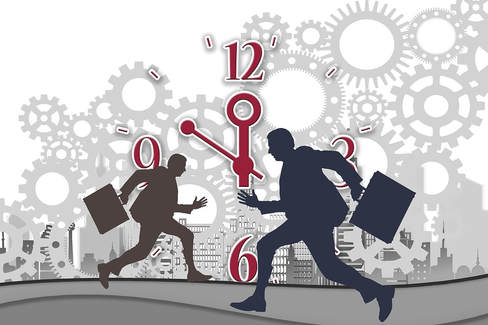 2. Take regular breaks and ‘Mindful Moments’ It is often said that Mindfulness is more like Re-Mindfulness. It is simply reminding yourself of what you know, but often forget, because of the myriad of life situations that you deem as ‘important’. Remember that important comes from the French word ‘Porte’ which means ‘carry’. When we make many things important life can feel very heavy and the body takes this strain as tension and stress. We want to remind ourselves not to confuse ‘life’, which flows through us in this moment (lifeforce), with the ‘life situation’, which is just a set of beliefs, expectations, memories and ideas, relating to the place we find ourselves in. The life situation is rarely as important as ‘life’ and if we overburden ourselves in lifestyle then we risk interrupting life’s flow and damaging the body and mind. Relaxation is a way to come back into flow. Repetition is the key to remembering that we are more than our situations. So by taking regular mini-moments in the day we can build in the reminders that we are always ok, inside. We can tune in at any time. The more we do this, the easier it becomes. A mindful moment can be as simple as a FOFBOC, which I teach to young people. Listening and feeling inside the body and taking your time is at the cornerstone of this practice. It is like hitting the reset button on the compulsively thinking mind and dropping into the senses for a brief period of time. 3. Practice Gratitude and Generosity Emotions are the key to flow; being joyfully engaged and focused in what you are doing, without mental resistance. This state can be enhanced by cultivating emotions like joy. The practices of appreciation and altruism have been shown to provide the most beneficial emotional lifts, bringing you into joy much easier. I created a tool called a LIFT, to give you meditation, mindful moments and uplifiting emotional practices in a short 2 minute window! Anyone can do it at any time! LIFT stands for:
LIFT UP WITH AWARENESS AND BREATH Awareness of breathwww.positively-mindful.com/blog/breath-works-practices-to-program-bold-focus is the first key, because as this spiral begins with focus and breath so can we interrupt it and end it. Refocusing into the present moment. Noticing and calming the breath, these are two ways to come back into presence. Then using gratitude we can ground the emotions away from fear and emotional reactivity and towards generosity with our time and energy. ANCIENT KNOWLEDGE Tribal societies have long known that when lost or scared in the jungle often the biggest enemy is fear, stress and panic. These things are in the mind - whereas hazards and danger are based in reality. They found the best thing to do when lost or scared was to stop, take a knee, listen to the surroundings, feel your body and ‘tune in’. Through one's calm senses one virtually hear the pulse of the environment. This practice not only helps you find your way, but primarily it calms the body and helps one come back to a more objective perspective of reality. This is the best way to deal with rising panic, which is the greatest threat to an animal, when in danger. A side effect is that one also remembers the beauty of the world. Gratitude and generosity are simply side effects of this. APPLYING IT TO THE OFFICE In the modern office we are removed from wild nature, so if you consciously practice a LIFT regularly you’ll build these reflexes of mindfulness, gratitude and generosity into your automatic response to the indicators of stress. The film After Earth showed how this can work very clearly. We can learn lessons from tribal people and introduce moments of rest, stopping to realise the truth of our situation and bring calm into the body and mind. Enjoy! Contact me if you want a free mindfulness session in your office! Calm that stress!And if you liked that you can even apply this survival guide’s advice in the office - Stopping and building up a base of knowledge, assessing objectively from a relaxed state.
2 Comments
|
AuthorsNeil Morbey is a meditation teacher, group facilitator and inspiration guide for Positively-Mindful.com Blog Index
Archives
May 2024
|
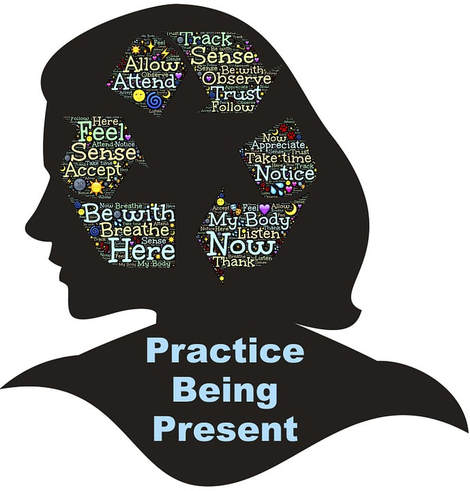

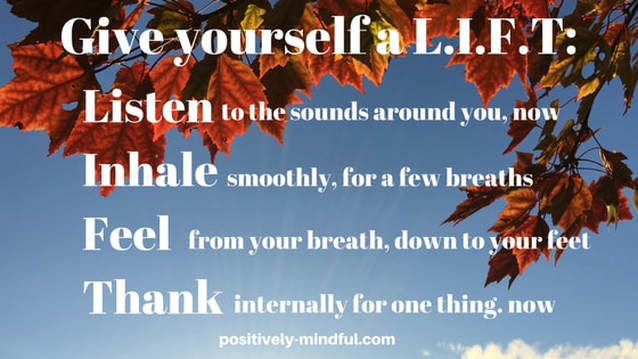
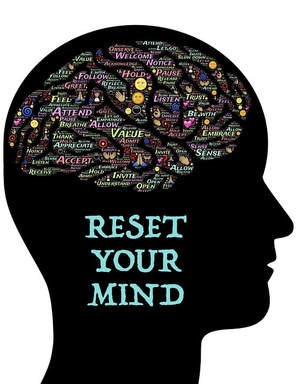
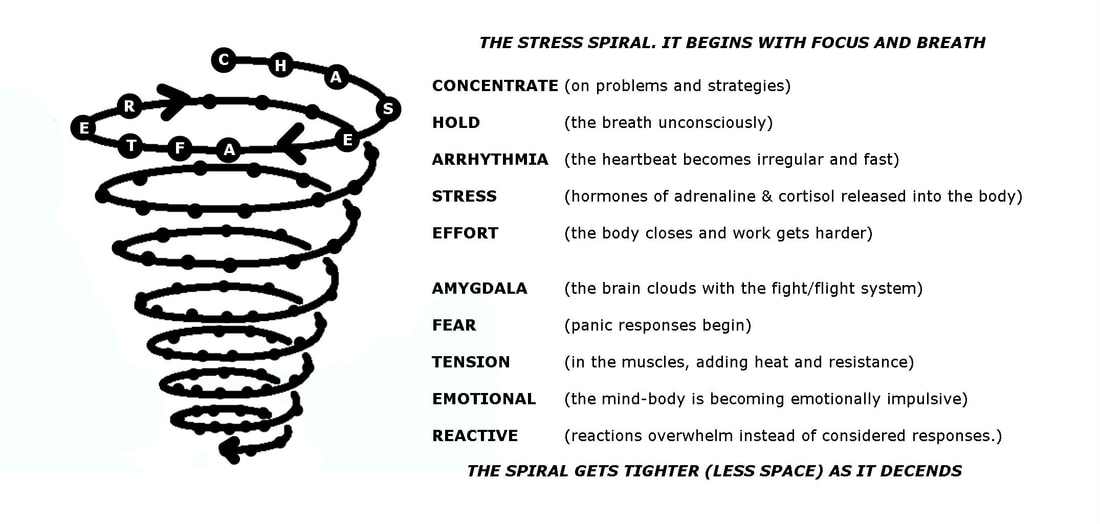
 RSS Feed
RSS Feed